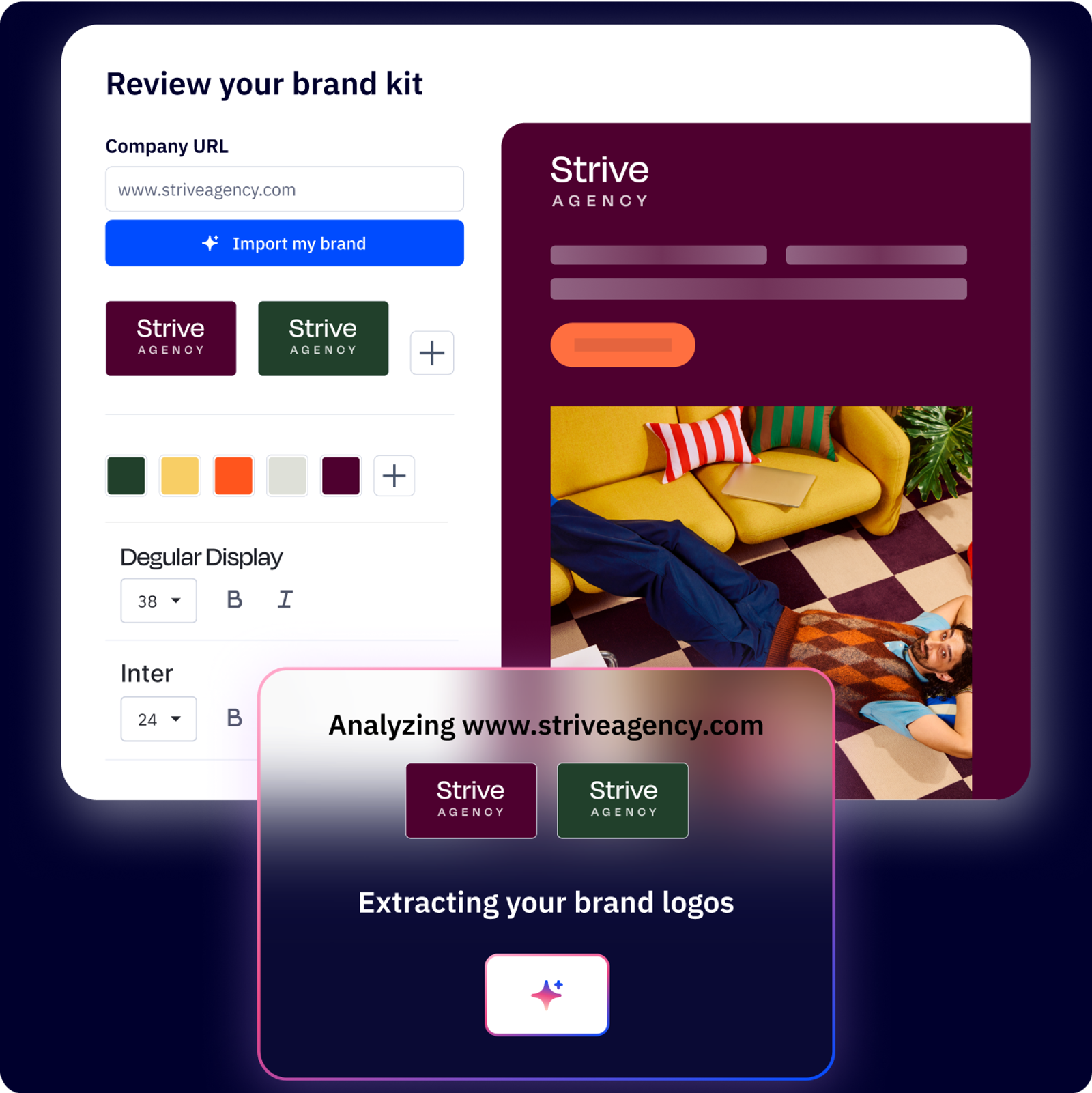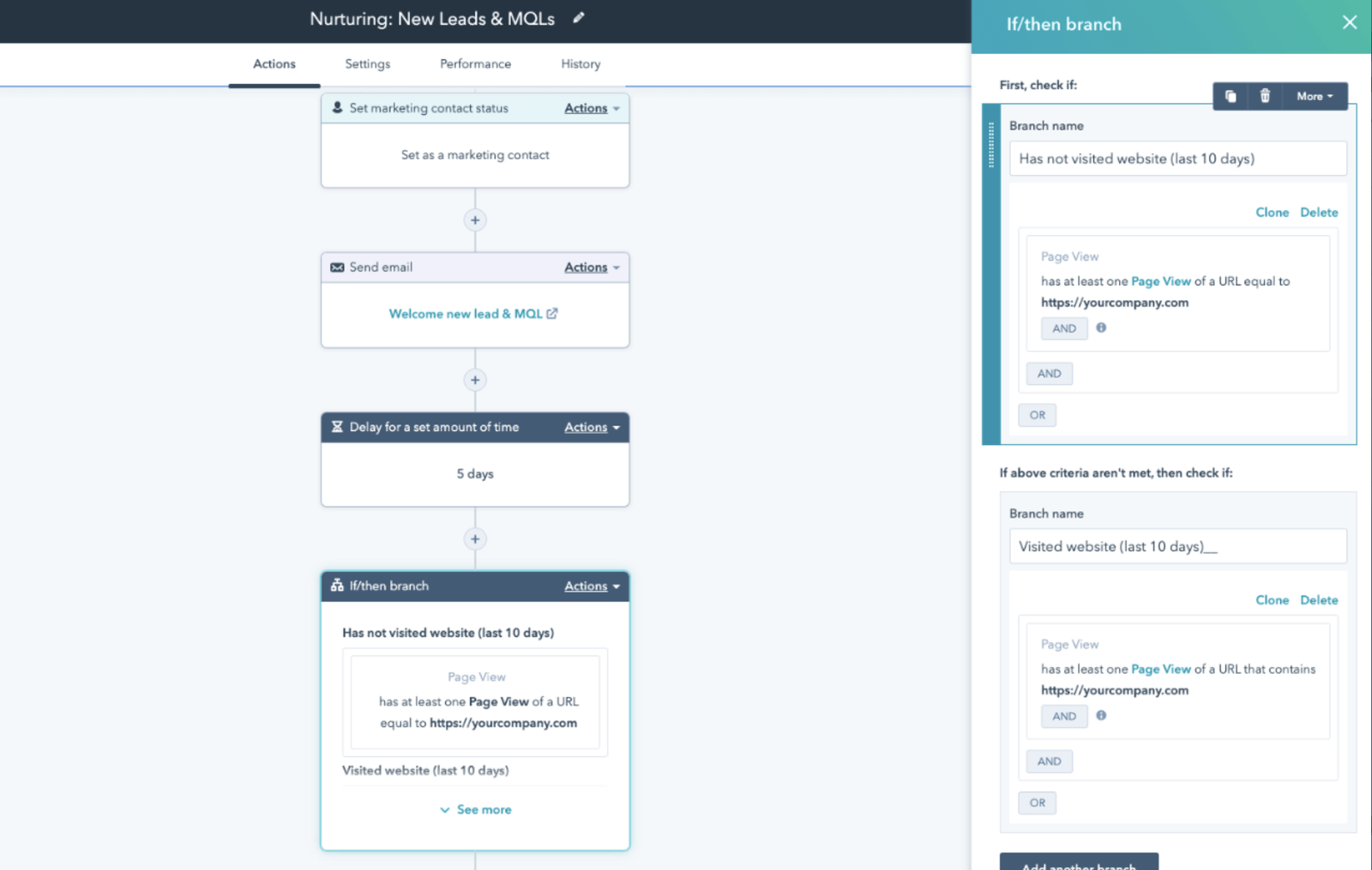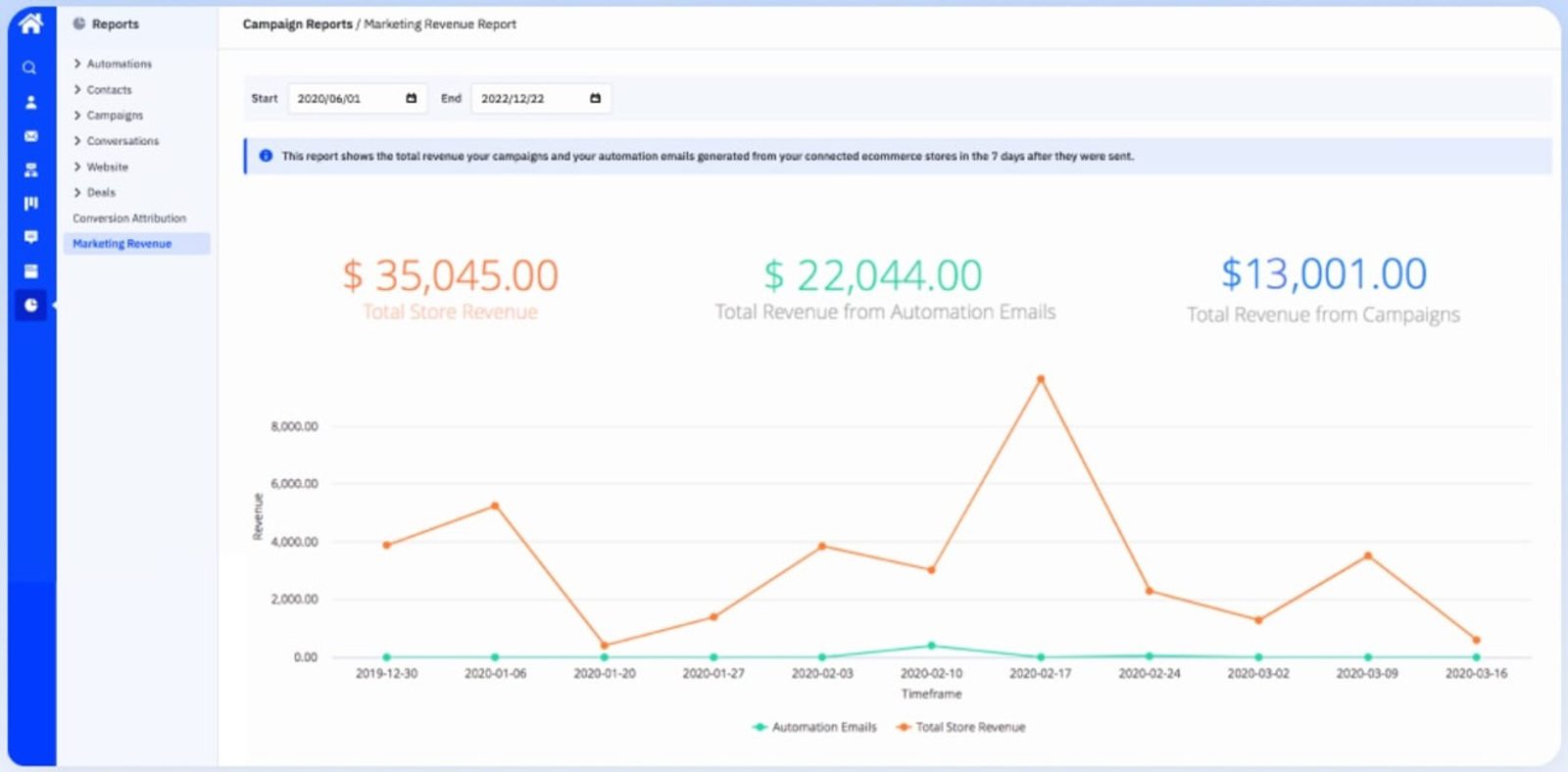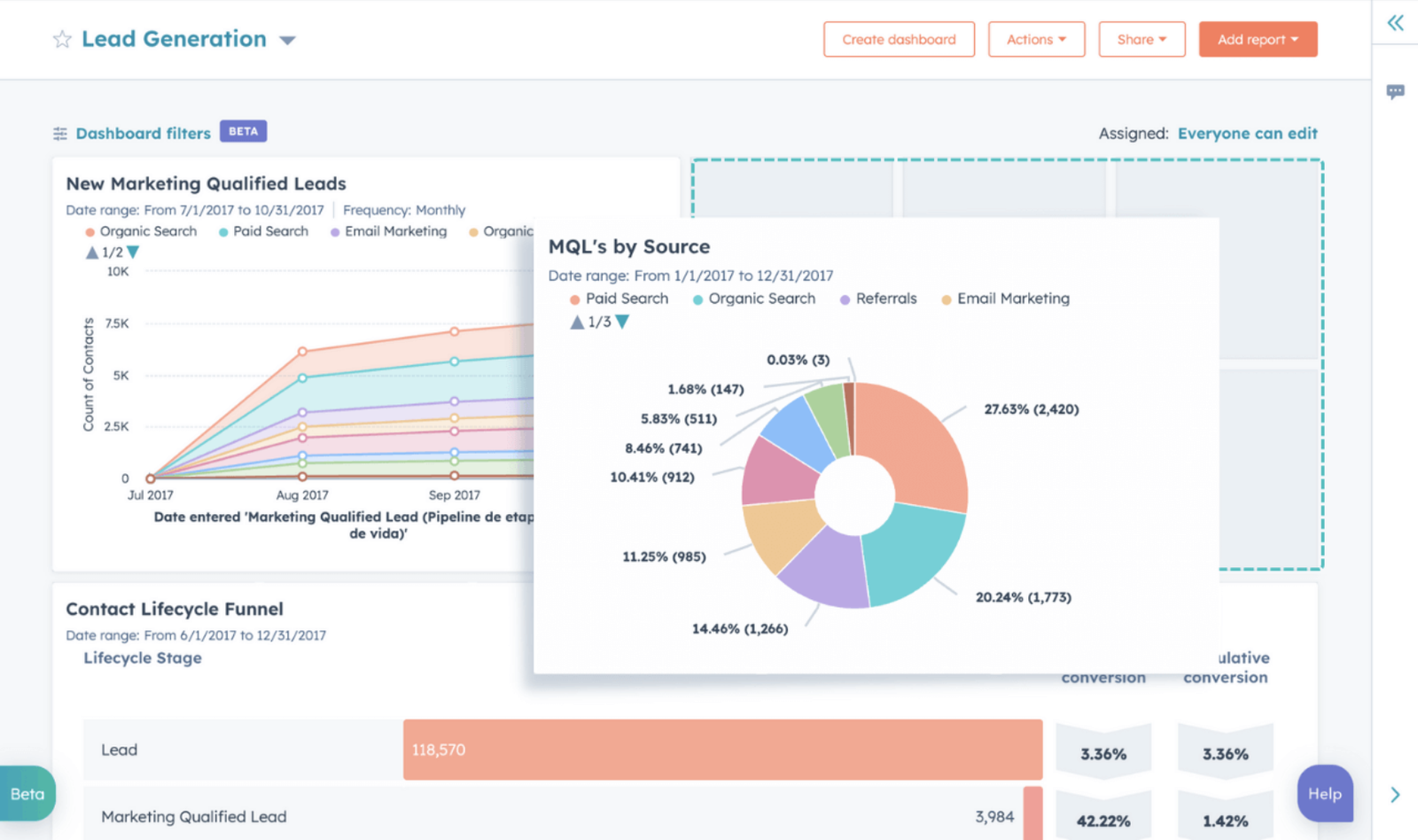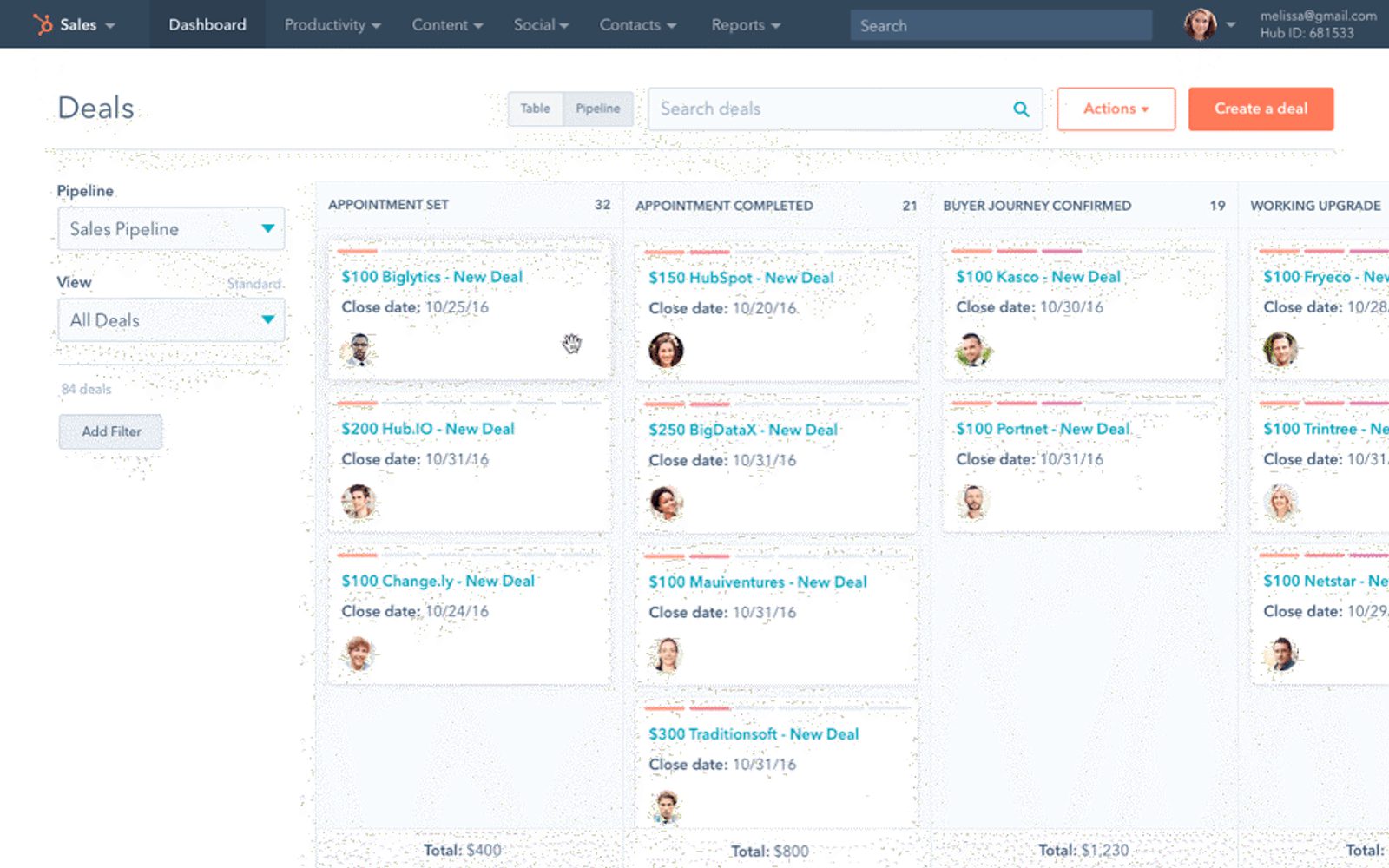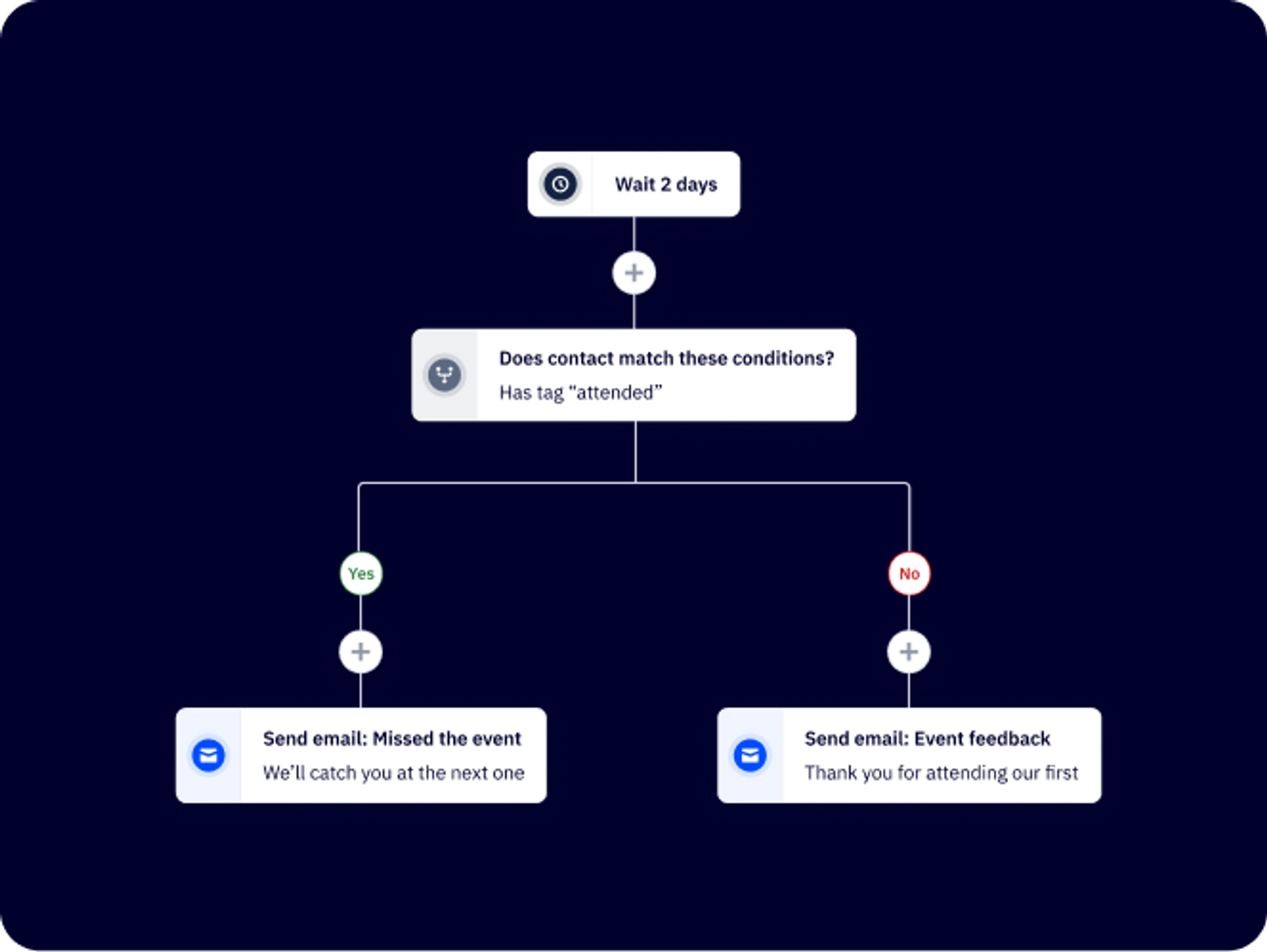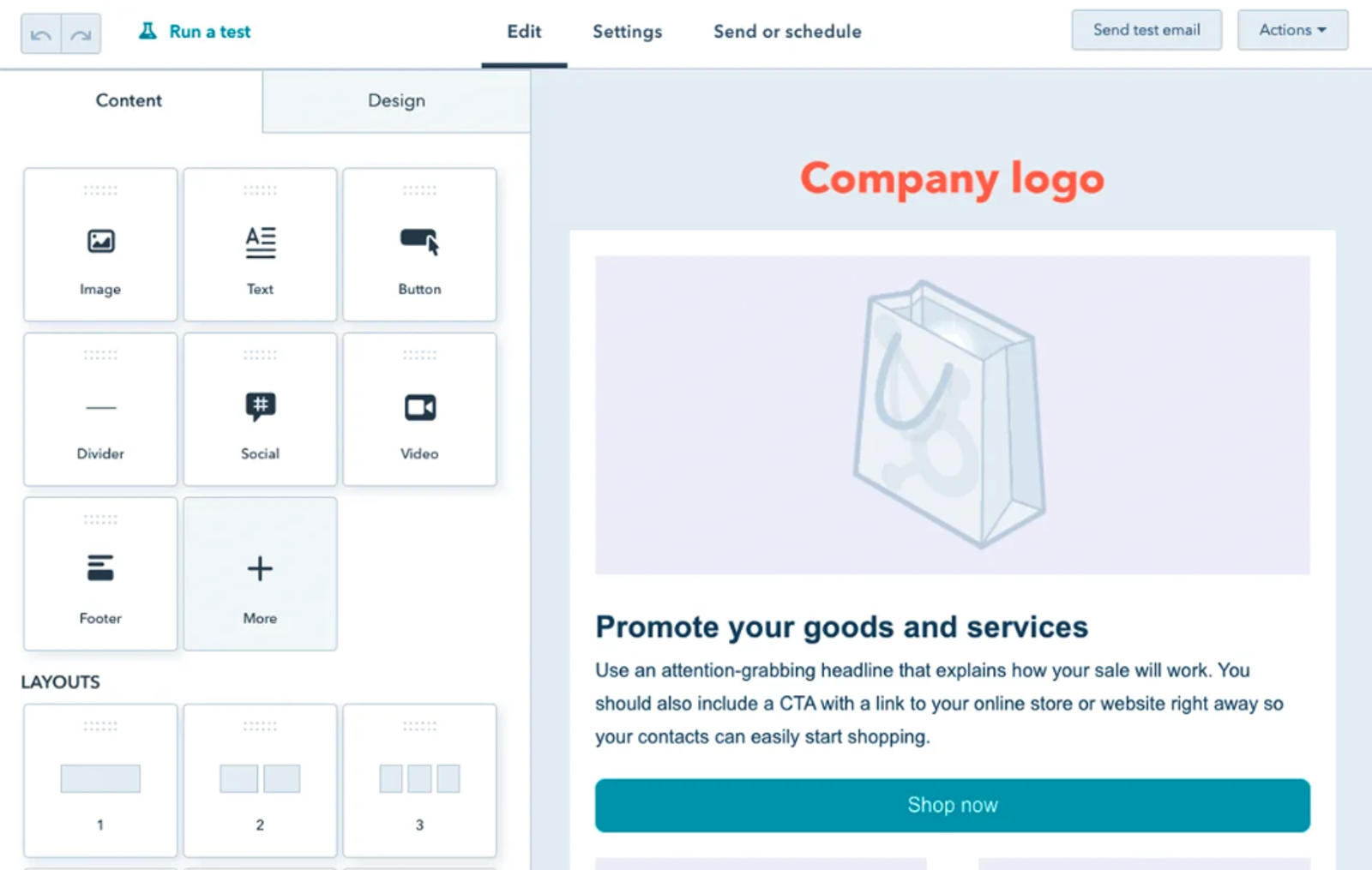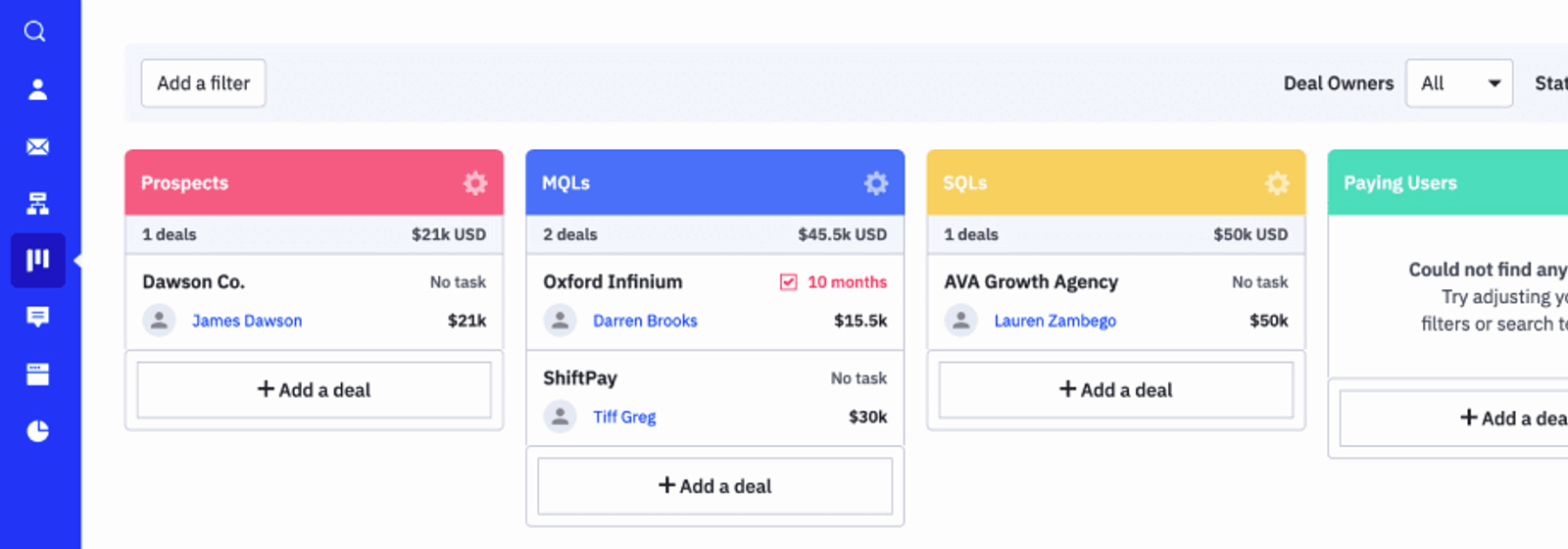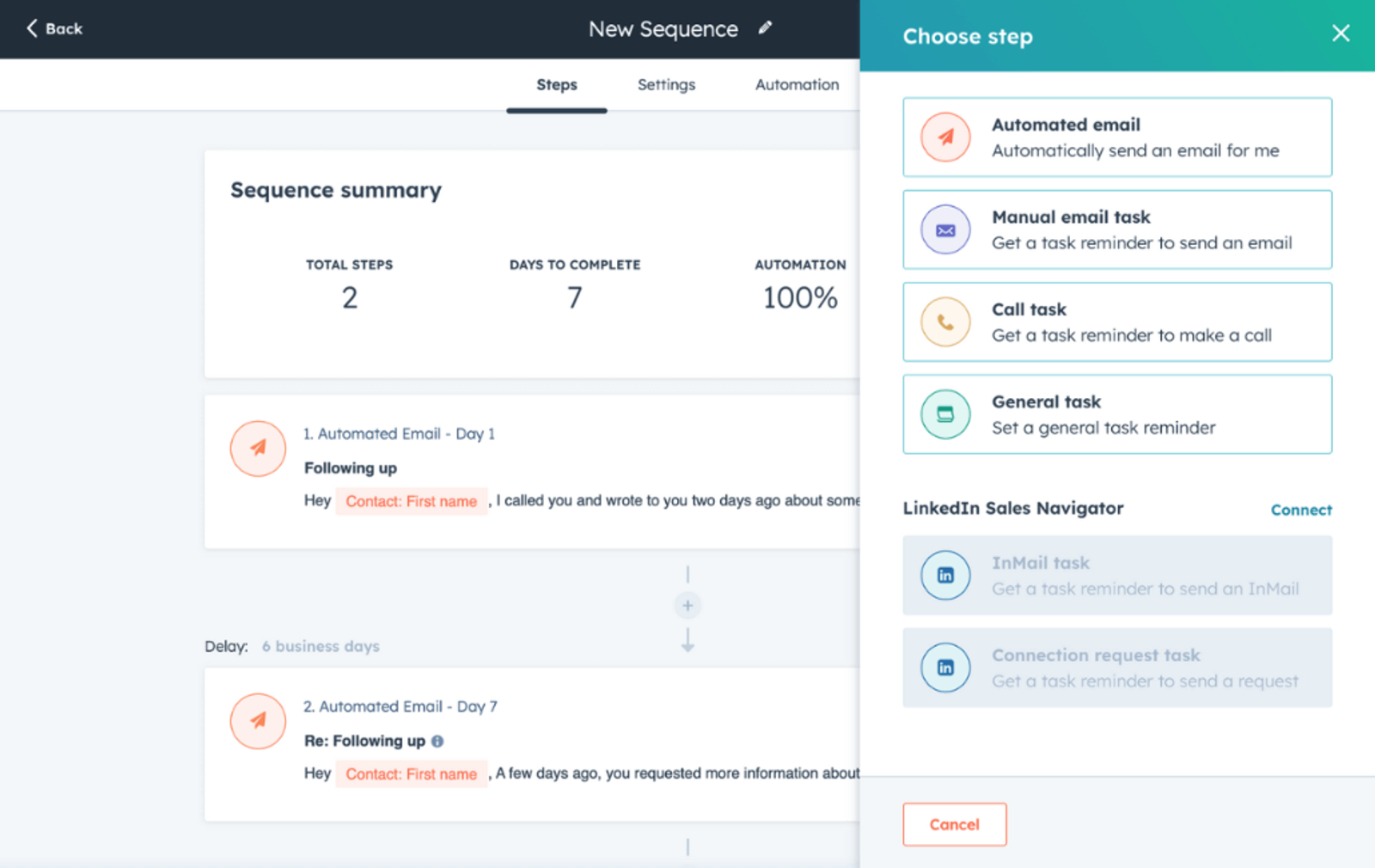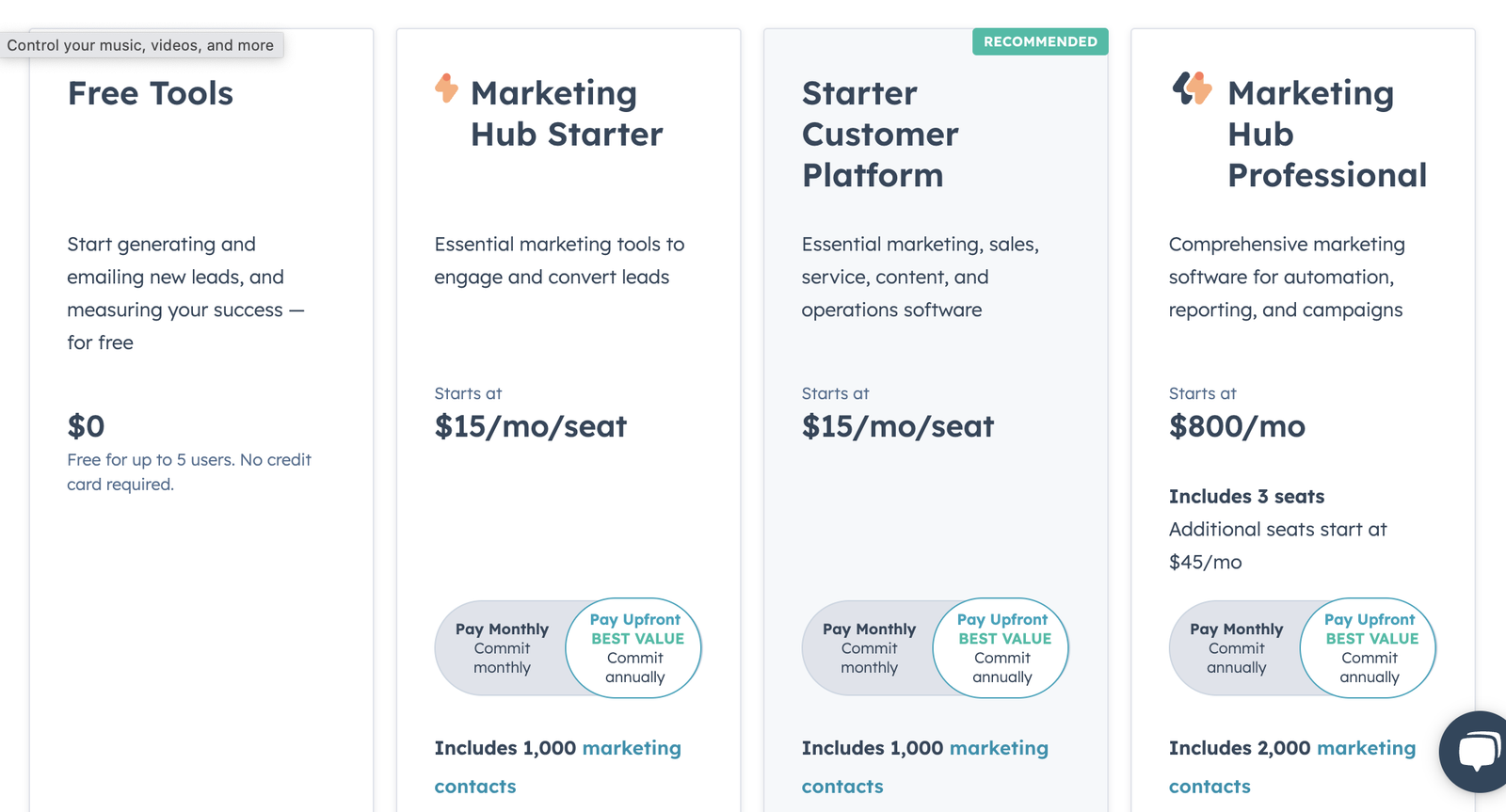Lingering questions? We've got you.
💡 Is ActiveCampaign good for e-commerce businesses?
ActiveCampaign is a great choice for e-commerce businesses, especially if you’re looking to automate your marketing and streamline customer interactions. With features like personalized email campaigns, automation workflows, and deep integration with platforms like WooCommerce and Shopify, it helps you engage customers, boost sales, and keep everything running smoothly.
Learn more about ActiveCampaign’s e-commerce features.
💡 Who is ActiveCampaign best for?
ActiveCampaign is best for small to mid-sized teams that want powerful marketing automation and CRM features without the high cost. It’s perfect for businesses that need advanced tools like personalized email campaigns, lead scoring, and segmentation, all wrapped in a user-friendly platform.
If you’re looking for a solution that’s effective and straightforward, without unnecessary bells and whistles, ActiveCampaign is a great fit.
💡 Who is HubSpot best for?
HubSpot is best for large teams and businesses with complex needs and the budget to match. It’s ideal if you’re looking for an all-in-one platform that covers everything from CRM to marketing automation. If you have a big team and need a powerful, integrated system to manage your sales, marketing, and customer service, HubSpot is a strong choice—just be prepared for the price tag.
💡 What is the biggest difference between ActiveCampaign and HubSpot?
The biggest difference between ActiveCampaign and HubSpot is that ActiveCampaign focuses on powerful, affordable automation tools for small to mid-sized businesses, while HubSpot is built for larger teams that need an all-in-one platform.
In short, ActiveCampaign is great for those who want simple, effective tools, whereas HubSpot is better suited for bigger companies with complex needs and bigger budgets.
💡 Is there a learning curve when switching to ActiveCampaign from another marketing platform?
ActiveCampaign is designed to be intuitive, combining a user-friendly interface with powerful features so you can get started quickly without a learning curve—even with advanced automation. AI agents, prebuilt templates, and guided workflows make setup easy, and most users find they can launch campaigns or automations in just a few clicks. For more complex needs, responsive support and extensive resources are available every step of the way, ensuring you’re never stuck or overwhelmed.
💡 How does ActiveCampaign make advanced automation accessible for users without technical expertise?
ActiveCampaign’s visual automation builder, AI-powered suggestions, and conversational prompts allow anyone to create sophisticated workflows without coding or technical skills. You can build automations by dragging and dropping elements or simply describing your goals, letting AI handle the setup. This approach empowers users to leverage advanced marketing strategies with confidence and minimal training.
💡 How does ActiveCampaign’s pricing scale as my contact list or user count grows?
ActiveCampaign pricing is intrinsically tied to your success and the value you derive from our platform. Our structure ensures that your investment scales predictably as your contact list grows and you unlock more powerful features. This commensurate scaling model means your pricing only moves when you gain more value, eliminating surprising cost spikes. With clear contact bands and unlimited users on every plan, we ensure your budget remains straightforward, transparent, and built for sustainable, high-growth business expansion.



